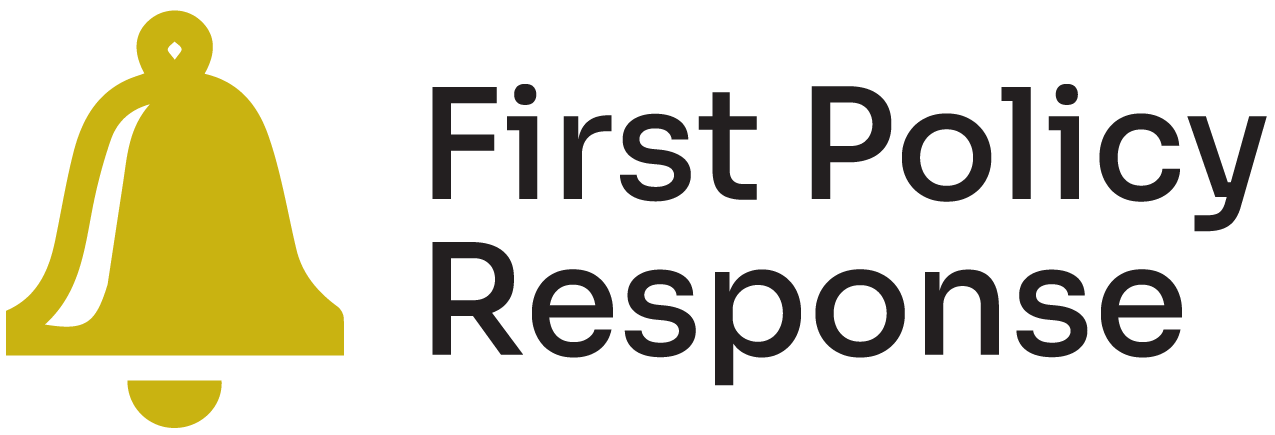As Canada and the rest of the globe continue to confront the COVID-19 crisis from a health care perspective, an economic crisis has been simultaneously developing. The experience had intuitively drawn parallels to an economic crisis that took place only 12 years ago, the Great Recession of 2008. At the time, it was the most significant economic event in the last 80 years and required a coordinated approach by different political leaders to recover. This year, as job losses have mounted and business models have pivoted, there are additional realizations being made about the similarities and distinctions between the 2008 recession and our current economic downturn.
Current context
In February, Canada’s jobless rate was 5.6 per cent. Coinciding with increased public health measures that shut down parts of the economy, it increased to 7.8 per cent in March and 13 per cent in April, meaning the number of unemployed Canadians more than doubled since February. Further, StatsCan had also reported the Canadian economy shrinking by approximately 9 per cent for the month of March.
The 3 million jobs lost in the two months represents a 16 per cent decline. That is more than twice the number of jobs lost through the previous three recessions combined. Comparatively, during the 2008 recession, employment fell by 2 per cent from peak to trough over the course of eight months.
On June 4, First Policy Response convened a virtual panel of policy and financial experts to discuss what we learned from the 2008 recession, and which of those learnings, tools and monetary policies are applicable to our current crisis that is driven with people’s health in mind.
We were joined by Professor Paul Boothe (Faculty Director, Ivey Academy’s Senior Public Sector Leaders Program, Western University), Tariq Fancy (Founder, The Rumie Initiative), Dr Lindsay Tedds (Associate Professor and Scientific Director, Fiscal and Economic Policy School of Public Policy, University of Calgary), Armine Yalnizyan (Economist and Atkinson Fellow on the Future of Work). First Policy Response’s Sean Mullin, Executive Director of Brookfield Institute for Innovation + Entrepreneurship, moderated the town hall.
What are the differences
In short, other than the situations being shrouded in uncertainty, there are very few similarities between the two economic crises. For one, the current economic downturn is borne from a health concern, as opposed to 2008 where the crisis was associated with the housing and banking sector. In our current crisis, Canada had to put the economy in a “medically-induced coma” in order to keep people from interacting and spreading the virus. The various public health measures have caused a supply-side shock recession. This means the capital that we would normally use, such as childcare, airplanes, retail and food service, are all operating at significantly reduced capacities.
Another notable distinction is that the 2020 downturn can be considered a shutdown as opposed to in previous recessions that were considered to be slowdowns. The shutdown has had ripple effects across the economy, but in particular for women, which is another difference. More jobs have been lost or have had their hours affected for women compared to men, indicating that what we are currently experiencing is a “she-cession.” In recessions prior, the industries immediately affected were those dominated by men.
One other salient distinction between those two downturns is the speed at which the government had put money into people’s pockets in 2020, which came in the form of income supports.
The value of work/skills
Much of the discussion from the town hall began to shift to what considerations need to be made as we attempt to emerge from this downturn. Yalnizyan emphasized that skills and labour shortages that Canada faces with a rapidly aging population will impede our ability to grow the economy in the years to come. She also noted that 100 per cent of labour force growth by 2025 will come from migrants, who have typically been given some of the more difficult and precarious jobs.
Fancy added the need to address many of the systemic barriers affecting immigrants as they are less likely to be active in the knowledge economy. This would generally signify that immigrants are more likely to leave their home for work during the shutdown, increasing the risk of contracting COVID-19 or other communicable diseases. Overall, what is required is a deep discussion about how we value work, how we value workers, and how we are going to deal with systemic labour and skills shortages.
Public health
One of the more critical approaches to economic recovery is restoring confidence in individuals that it is safe to leave home in order to interact with one another both socially and economically. Boothe said this would require testing, contact tracing and other health measures to be effective, and case numbers to be kept reasonably low. If that can occur, more individuals and families will feel comfortable congregating, engaging with the hospitality sector, as well as returning to childcare.
Social infrastructure
Yalnizyan noted that one of the quintessential playbook tools for recovery is to proceed with shovel-ready infrastructure. However, this may not be as effective because the group that lost the most jobs and hours is women with preschool-aged children, who don’t typically work in infrastructure industries. Childcare is a limiting factor in women returning to the work force. The longer they stay at home to provide care for their children, the more likely it will become a permanent factor keeping them from returning to the labour market. More attention is needed to ensure childcare is up and running as soon as possible if the economy is to move forward again. For one, childcare facilitates people going back to work. Additionally, it increases the future labour market potential of young children through investments in early learning. There’s no recovery without a she-covery and there’s no she-covery without childcare.
The energy sector
Both Tedds and Booth indicated that the compounding effects of the COVID-19 outbreak have caused a depression in the energy sector, most notably for oil and gas. While there were existing economic concerns regarding oil and gas, the pandemic has had an enormous impact on energy-producing provinces such as Alberta, Saskatchewan and Newfoundland. Unfortunately, due to a lack of adequately investing in renewable energy sources and transitioning workers from oil and gas to other sectors, the effects of the pandemic are more prominent and widespread than it would have been otherwise. There needs to be a concentrated effort and an established plan by the federal government on assisting workers transition, and to generally become a more energy-efficient country.
What we need to remember moving forward
One silver lining of the pandemic has been the cracks and fault lines in our economy that have been exposed to the general public, such as the paid economy of care. While our economic crisis has reverberated throughout the country, the biggest impact is felt by women, youth, newcomers and members of marginalized communities. Public policy reform is needed to properly support these groups. Not only will this mitigate economic consequences in the future, but it will pave the way for a more equitable society with improved health outcomes.




